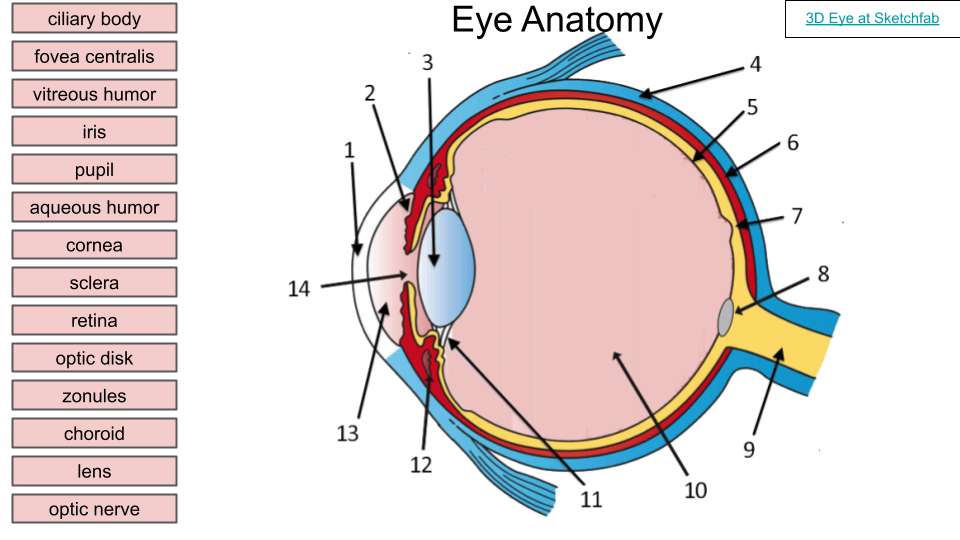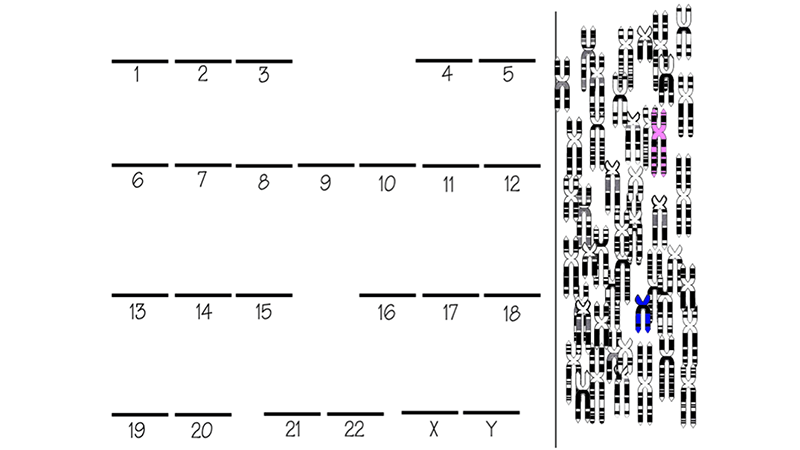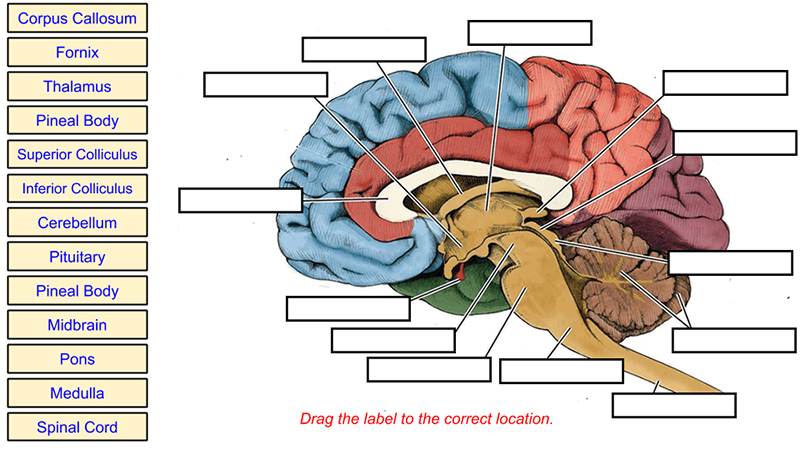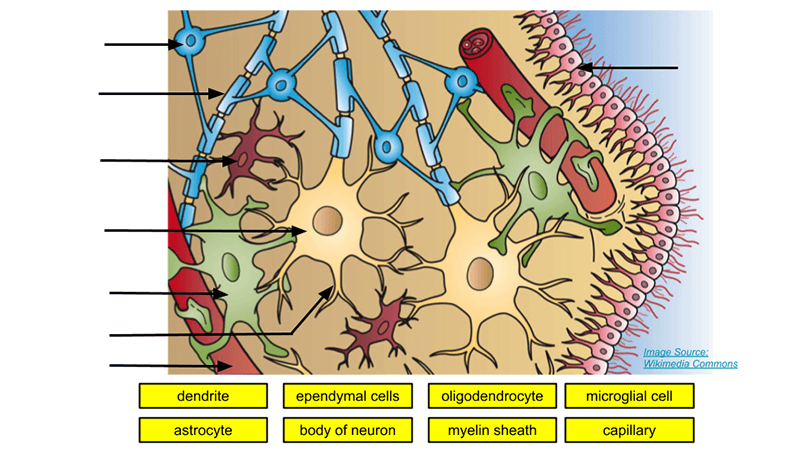Search results for: “”
-
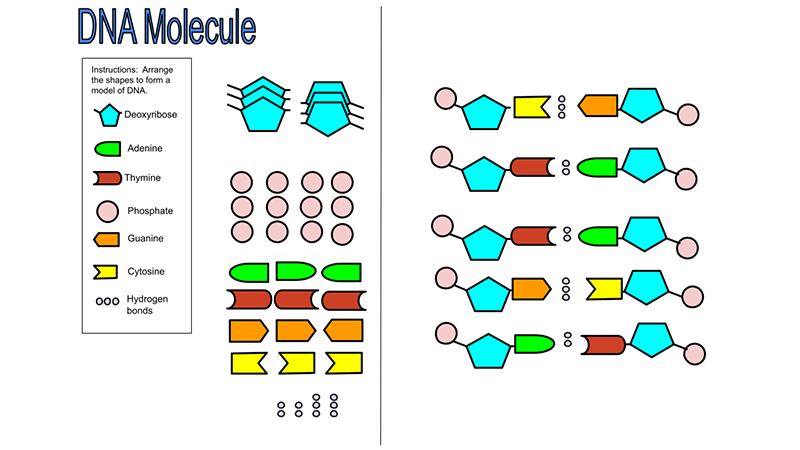
DNA Model – Cut and Paste Nucleotides
This digital modeling activity allows students to build a DNA model by dragging the individual parts into a completed diagram
-
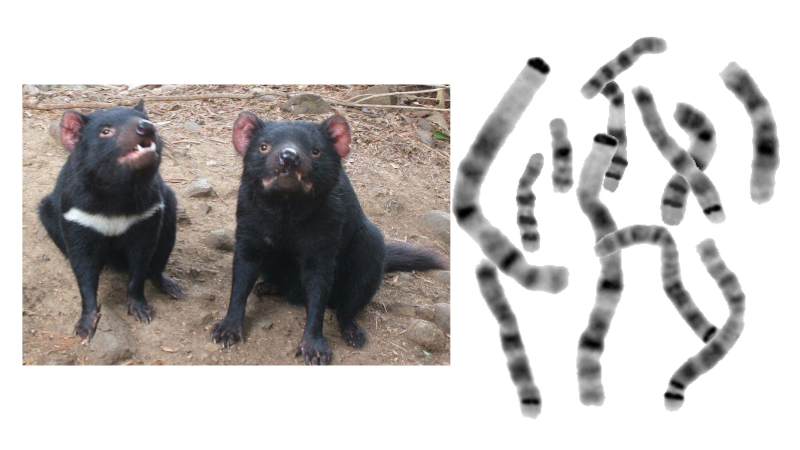
Tasmanian Devil Karyotype (Remote Version)
Examine a karyotype showing the chromosomes of a Tasmanian devil. Arrange chromosomes and determine diploid number.
-
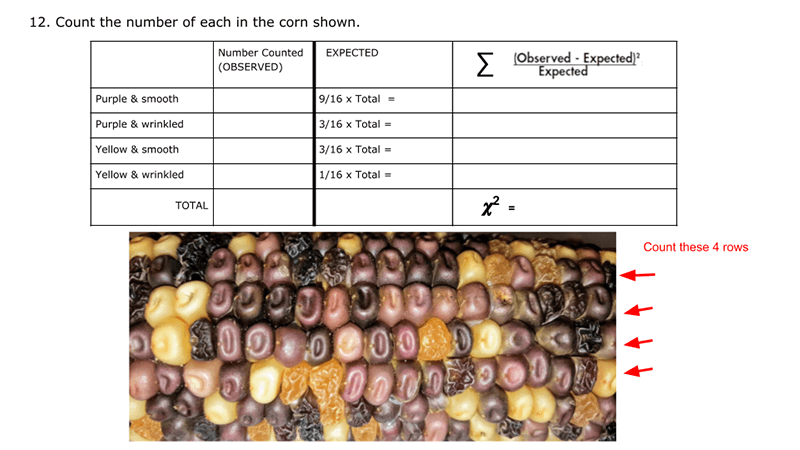
Corn Chi Square (remote)
This is the remote version of a classroom activity I do with corn ears. Students would count the kernels (smooth, wrinkled, purple, yellow) and determine if the ears of corn are the result of a dihybrid cross, RrPp x RrPp. This gives students the opportunity to apply statically analysis to data sets and determine if…
-
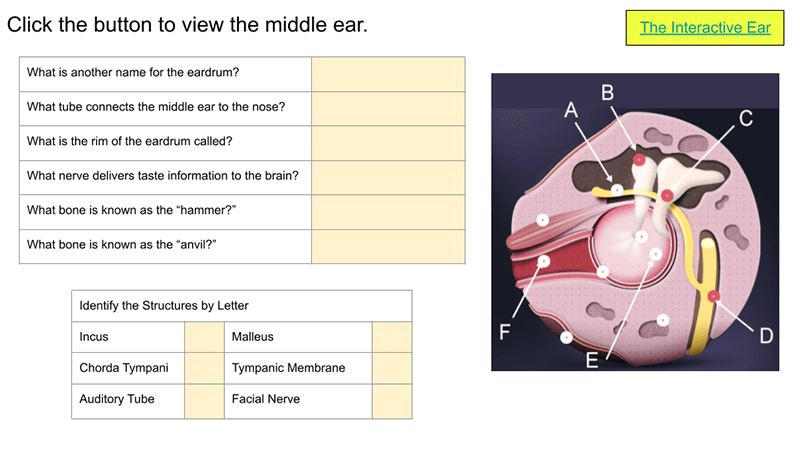
Learn the Anatomy of the Ear
In this activity, students learn about the ear by exploring google slides and going to an interactive site that explores how the ear works. Students use a simulation called “The Interactive Ear” which guides them though the outer, middle, and inner ear while explaining what each structure does. Students click through the virtual ear to…
-
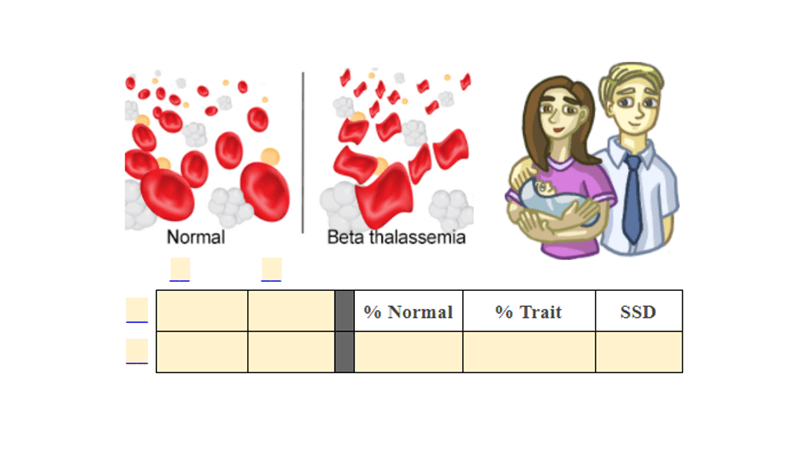
Genetics of Blood Disorders – Hemophilia and Sickle Cell
I created this worksheet for anatomy students to practice using Punnett squares and comparing different types of mutations that affect the blood. Ideally, students will have already learned about genetics of blood types. Because I use this worksheet in my anatomy class, I don’t spend a lot of time teaching genetics. However, students do need…
-
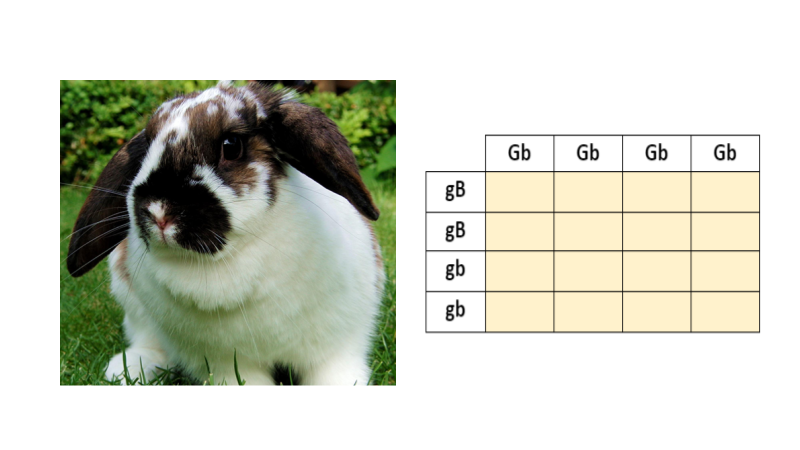
Genetic Crosses in Rabbits (Remote)
Students learn how to do Punnett squares with two traits by practicing completing 4×4 squares.
-
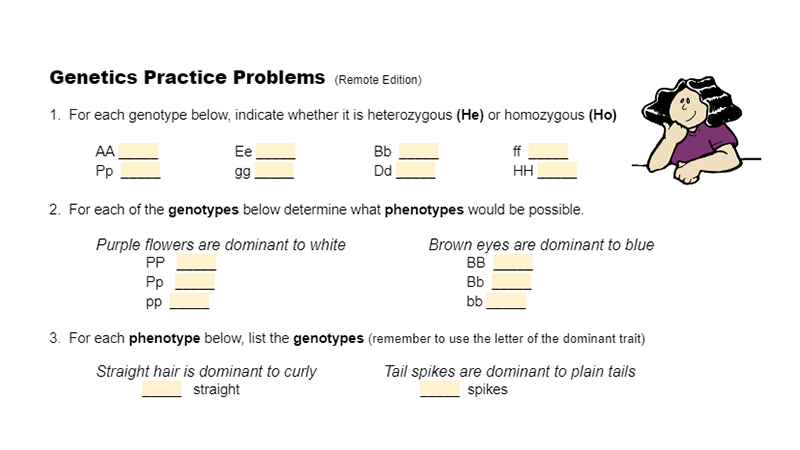
Genetics Practice (Remote)
This worksheet was modified from a popular (and long-standing) worksheet where students practice genetics crosses: Simple Genetics Practice Problems. This version was created for remote learning during the 2020 pandemic. It is similar to the printout students would normally use, but in the case, I used inserted tables in Google docs to set up the…
-
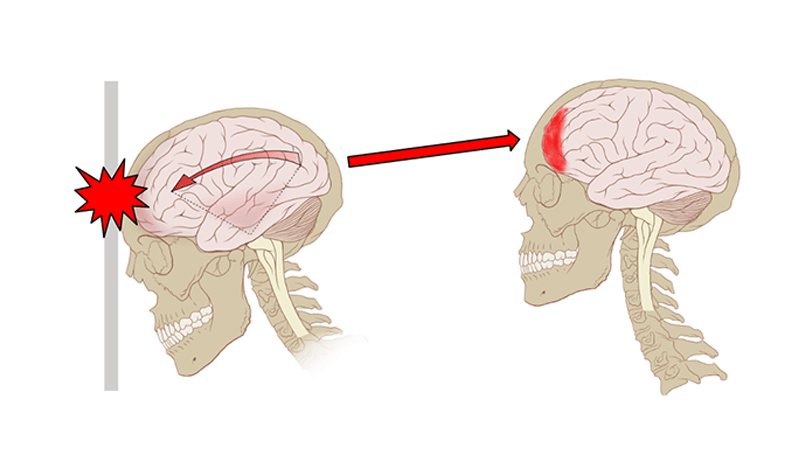
Investigation: Concussions
This investigation is completed by watching videos and analyzing data on concussions. Students first watch a Ted-Ed video on what happens when you have a concussion. The digital handout contains questions from the video. Students then visit neuroanatomy.ca where they view coronal brain slices. Then they label an image and compare a normal brain versus…
-
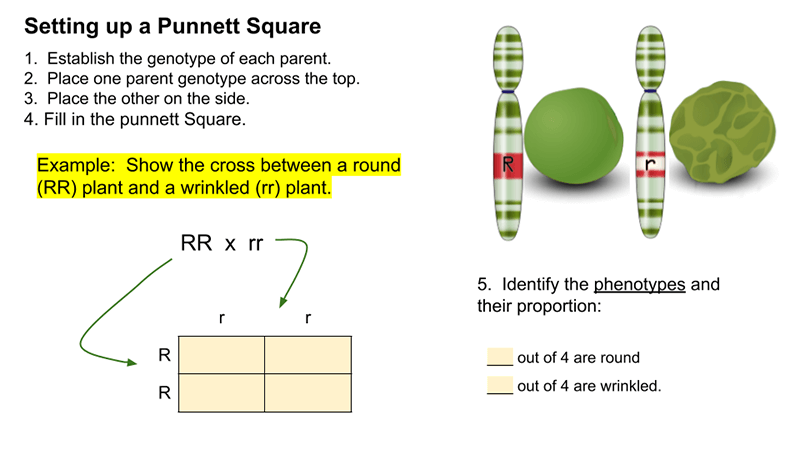
Genetics Practice Problems with Google Slides
For students who are learning remotely, genetics lessons that involve Punnett squares and probability may be challenging. In a traditional class, I would give students small whiteboards and we would practice doing crosses together. I could circulate around the room to help students who are struggling, and they could help each other. Plus, they love writing…
-
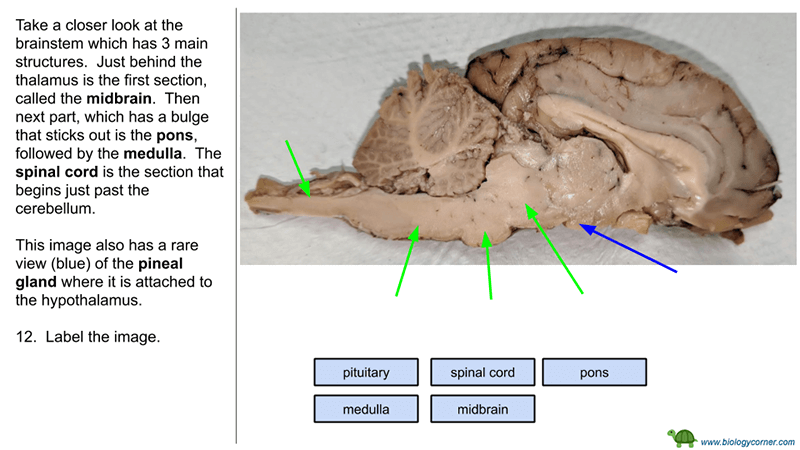
Brain Dissection – Virtual Version
Don’t have time or the resources to do a dissection in the classroom? Try this virtual version to supplement your lessons on the brain! In a traditional anatomy class, students dissect a sheep brain using the Sheep Brain Dissection Guide which walks them through identifying first external features of the brain and then internal features.…
-
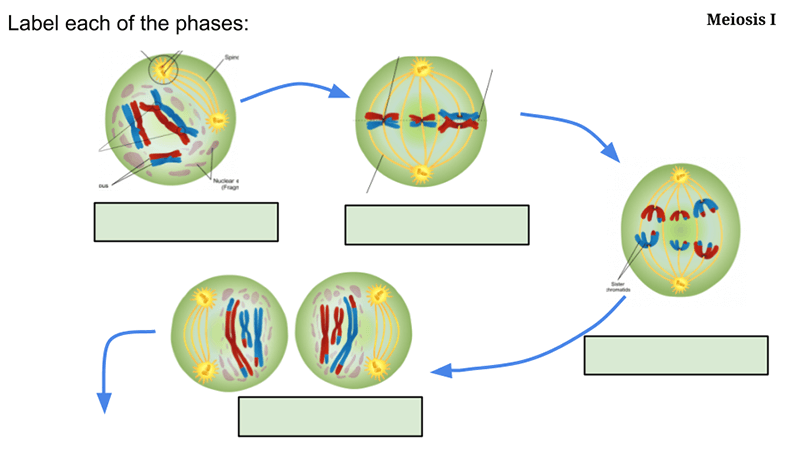
Modeling Meiosis and Independent Assorting Using Slides
Meiosis is a difficult topic for beginning biology students. There’s a lot going on in the cell to ensure that each new gamete receives half the DNA of the parent cell. In addition, each new cell is completely unique. This is the result of independent assortment and crossing over. Lessons on meiosis generally involve labeling…


